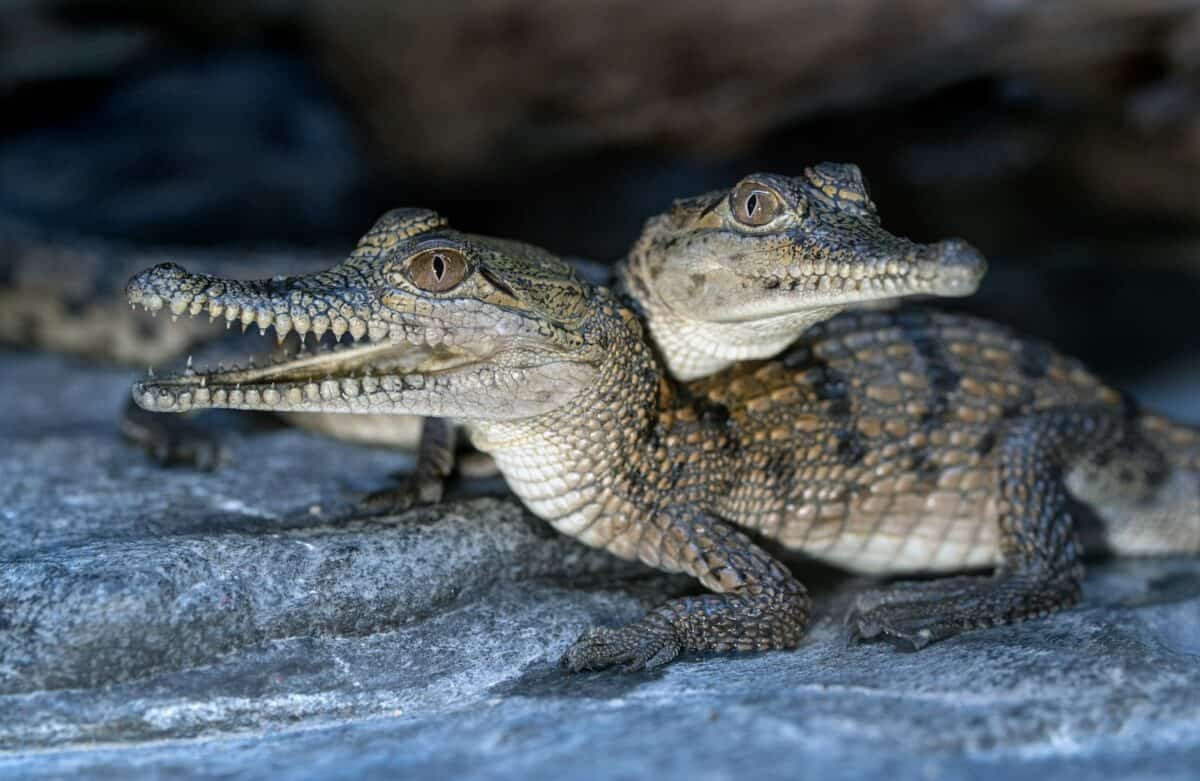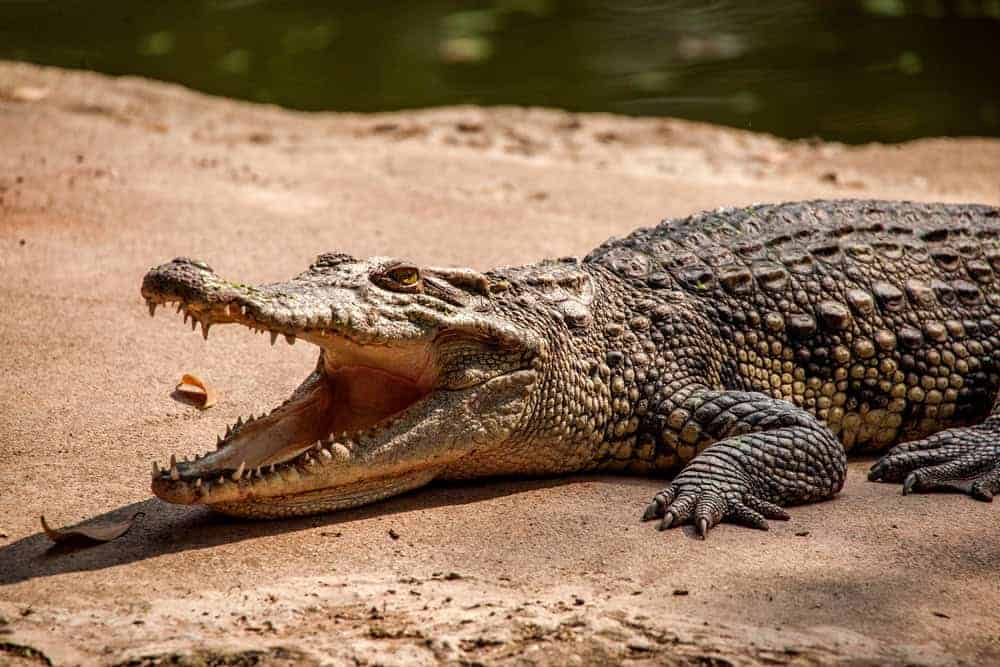Crocodiles are fascinating creatures, infamous for their stealth and power. Yet, an often-overlooked aspect of these ancient reptiles is their slowness, a characteristic that offers a unique glimpse into their survival and adaptation strategies over millions of years. Join us as we explore the prehistoric slowness of crocodiles and uncover the intricacies of their existence.
The Ancient Origins of Crocodiles

The crocodile lineage dates back more than 200 million years to the late Triassic period, making them living relics of a bygone era. Throughout the ages, they have witnessed and survived mass extinctions, outlasting dinosaurs and constantly adapting to changing environments. Their slow-moving nature is a result of evolutionary choices that favored energy conservation and stealth over speed.
Crocodile Anatomy Built for Stealth and Strength

A crocodile’s anatomy is perfectly crafted for subtle and powerful movements. Their robust body and muscular tail enable them to glide silently through the water, accommodating a stealthy approach when hunting prey. Despite their physical prowess, they’re not designed for speed, especially on land, preferring short, powerful bursts over long chases.
Energy Efficiency The Key to Survival

One of the primary reasons crocodiles move so slowly is energy efficiency. As ectothermic creatures, they rely on external temperatures to regulate their body heat, necessitating minimal energy expenditure. Their sluggish nature on land conserves energy, allowing them to go long periods without food between successful hunts.
The Art of Ambush Hunting

Crocodiles have mastered the art of ambush hunting, a technique that leverages their slowness to their advantage. They can lie motionless for hours, waiting for unsuspecting prey to wander within striking distance. This patience, coupled with their powerful jaws and rapid acceleration in water, makes them formidable predators.
Behavioral Adaptations Basking and Thermoregulation

In their natural habitats, crocodiles often spend long periods basking in the sun, a behavior rooted in their need to thermoregulate. By absorbing heat from the environment, they can maintain the energy levels necessary for their slow-paced lifestyle, while also preparing for sudden, vigorous activity when needed.
Slowness on Land vs. Agility in Water

While their land movements are undeniably slow, crocodiles are surprisingly agile in water. Their heavy bodies, when submerged, are supported by water, allowing them to make quick, precise maneuvers. This duality in their movement capabilities highlights their adaptation to an amphibious lifestyle.
The Role of Size and Weight

The sheer size and weight of adult crocodiles contribute to their slow terrestrial movements. As some of the largest reptiles on the planet, their bulk limits land speed, but in water, their streamlined shape reduces drag, enabling them to move more efficiently.
Comparative Analysis with Other Reptiles

Compared to their reptilian relatives, such as lizards and snakes, crocodiles are generally slower movers. This difference is primarily due to their size and the distinct ecological niches they occupy, which have shaped their respective evolutionary paths.
The Influence of Habitat on Movement

A crocodile’s habitat greatly influences its movement patterns. In swampy, marshy environments, speed is less crucial than in drier terrains. Here, the ability to remain undetected and conserve energy takes precedence, perfectly aligning with their slow, deliberate movements.
How Slowness Affects Social Interactions

Within crocodile communities, their slow movements facilitate a degree of social interaction. During the basking sessions, individuals often congregate, engaging in limited social behaviors. This is significant in understanding their group dynamics and territorial behaviors.
Predation and Defense Mechanisms

Despite their slowness, crocodiles possess formidable predation and defense capabilities. Their physical design, including powerful jaws and armored skin, compensates for their lack of speed, making them challenging targets for potential threats.
Lessons from Prehistoric Survivors

The crocodile’s prehistoric slowness offers valuable insights into the principles of adaptation and survival. By prioritizing energy conservation, stealth, and patience, these ancient creatures have managed to endure countless environmental challenges, providing a living testament to their evolutionary success.
Conclusion

In conclusion, while the slowness of crocodiles may seem like a disadvantage at first glance, it is a trait deeply rooted in their survival strategy. This deliberate approach to life has allowed them to thrive over millions of years, showcasing one of nature’s most successful evolutionary designs. As living fossils, crocodiles continue to intrigue and captivate us, embodying the essence of resilience and adaptation.
- 8 Times Animals Helped Solve Crimes in the Most Unexpected Ways - August 20, 2025
- 10 Stunning Animals You Can See in the Great Barrier Reef - August 20, 2025
- 14 Loudest Birds in the U.S. - August 20, 2025

